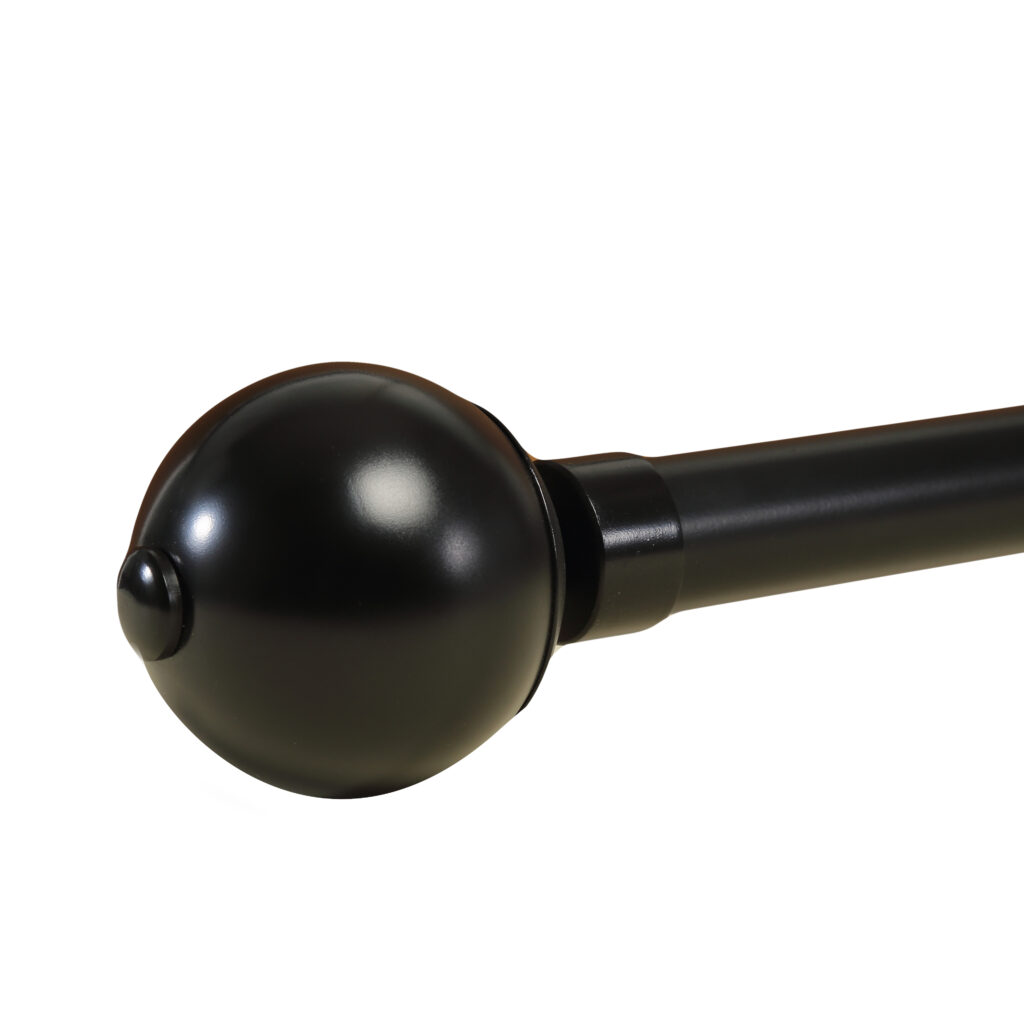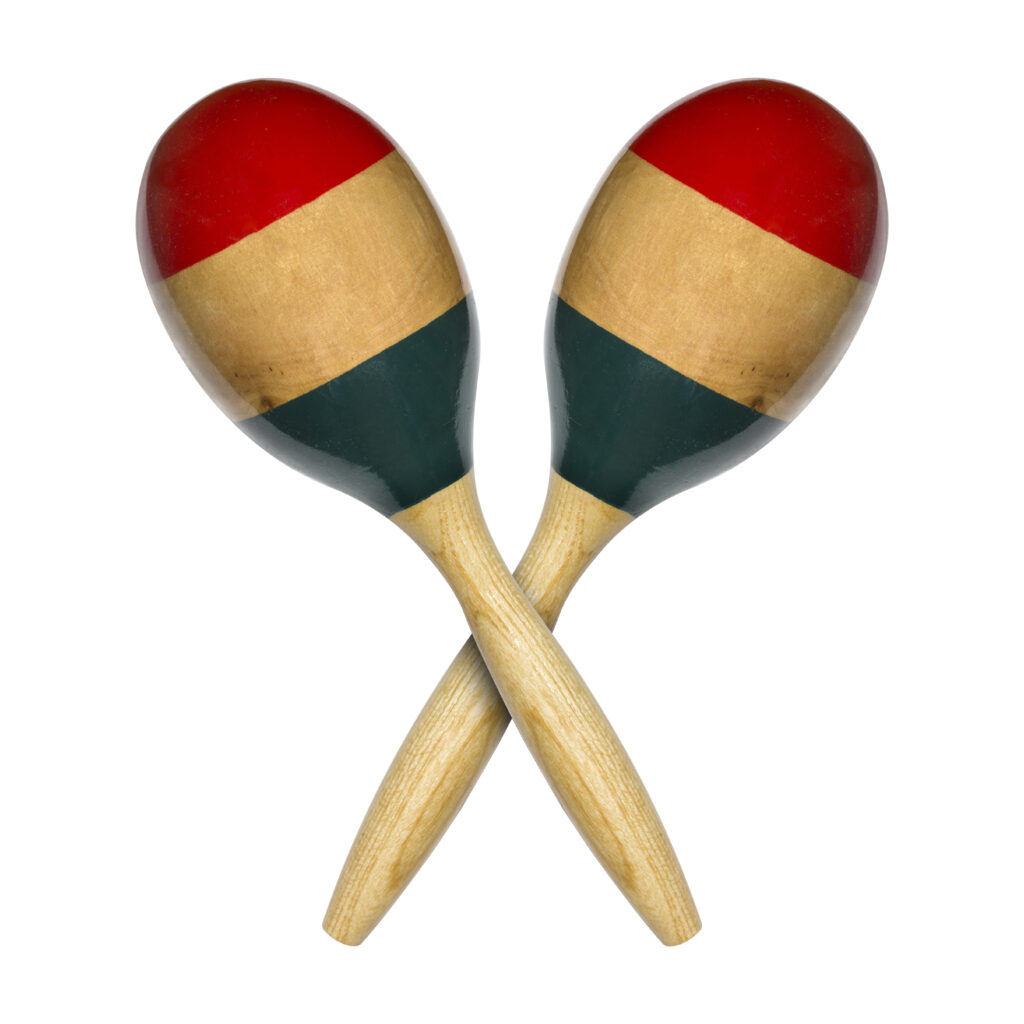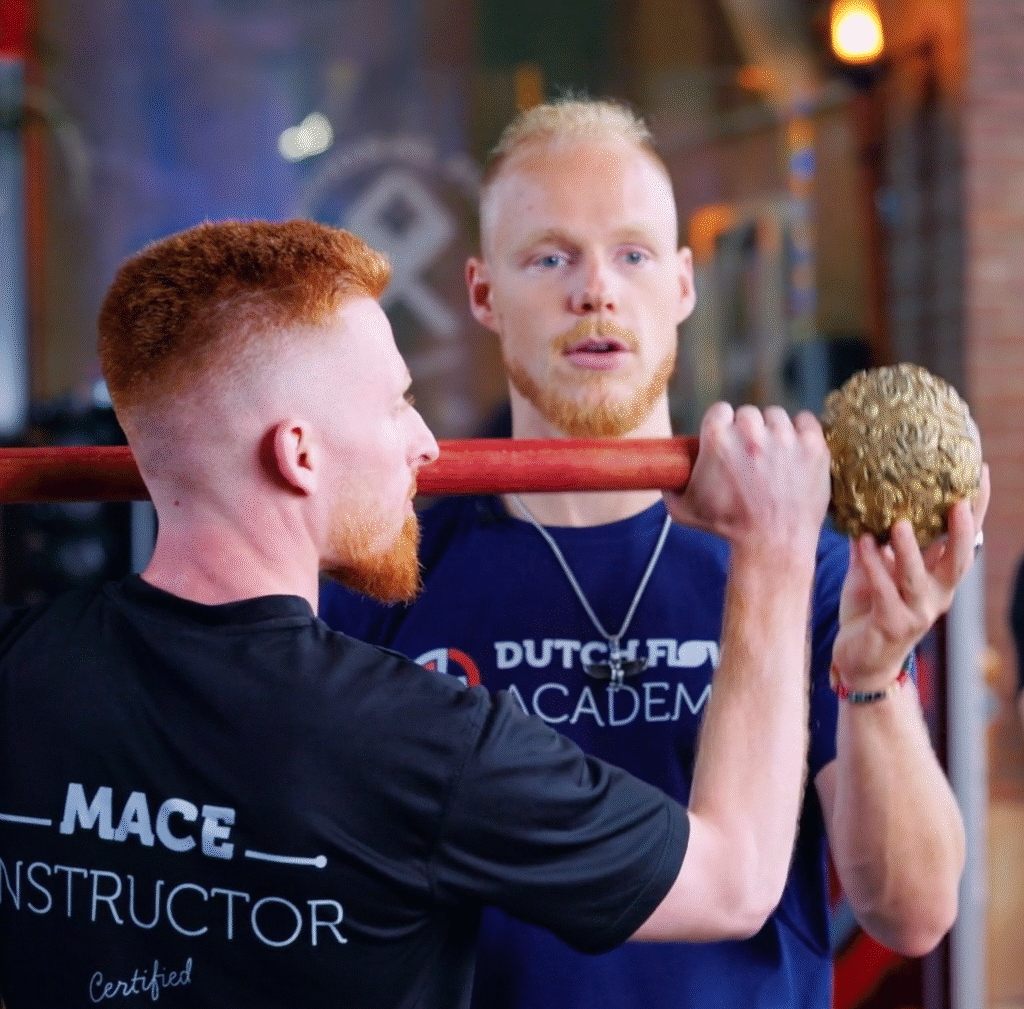What is a Macebell? The Ultimate Guide

Wait… You Haven’t Heard of the Macebell?
If you’re still relying on traditional dumbbells and barbells, you’re missing out on one of the most effective functional training tools—the Macebell. This ancient-inspired, modernized training tool combines strength, mobility, and endurance in a way that conventional gym equipment simply can’t match.
Whether you’re a beginner exploring macebell exercises or a seasoned athlete looking to level up, this Macebell Guide will teach you everything—from macebell swings to adjustable weight macebell options, and how to build a killer macebell workout routine.
Ready to master this underrated but powerful tool? Let’s dive in!
What is a Macebell?
A Macebell is a steel mace with an unevenly distributed weight, designed to enhance strength, mobility, grip endurance, and coordination. Inspired by the traditional Gada Mace, the modern Macebell is widely used in functional training, martial arts, and rehabilitation workouts.
An Ancient Tool Reborn
Before the modern steel macebell, warriors from ancient India and Persia used a traditional training tool called the gada—a heavy, club-like weapon to build strength, endurance, and rotational power. These warriors, including the legendary Hanuman, developed elite-level grip strength and combat endurance by swinging these heavy maces daily.
Fast forward to today, and the Macebell has evolved into a modern fitness tool that retains all the benefits of the gada, with added versatility for strength training, mobility, and rehabilitation.
How is a Macebell Different from Other Weights?
Unlike dumbbells or kettlebells, where the weight is evenly distributed, a Macebell’s weight is concentrated at one end. This forces the body to stabilize, engage the core, and activate stabilizer muscles, making workouts more dynamic and effective.
| Feature | Macebell | Kettlebell | Dumbbell |
| Weight Distribution | Uneven, at one end | Compact, closer to the handle | Evenly spread |
| Primary Focus | Grip, core stability, mobility | Power, explosiveness | Muscle isolation |
| Best For | Functional training, shoulder mobility | Strength and cardio | Bodybuilding & muscle gain |
Why You Need It in Your Routine- Macebell Benefits
Adding a Macebell workout to your routine offers more than just strength gains—it enhances overall athleticism, endurance, and resilience. So are you thinking of adding a Macebell workout to your routine? Still confused ? Here’s why you should:
1. Builds Functional Strength for Real-Life Movements
Unlike static weight machines, Macebell exercises replicate real-world movement patterns, improving grip strength, core engagement, and overall stability. Training with a Macebell strengthens your ability to perform daily tasks, sports movements, and combat exercises.
2. Strengthens Shoulders & Prevents Injuries
The rotational nature of Macebell swings promotes shoulder mobility and resilience, reducing the risk of injury. The controlled swinging motion opens up the shoulder joints, preventing stiffness and promoting long-term health.
3. Develops Iron Grip & Forearm Strength
Every Macebell movement demands intense grip engagement, reinforcing hand, wrist, and forearm strength. This carries over to other workouts like deadlifts, pull-ups, rock climbing, and martial arts, where grip endurance is crucial.
4. Enhances Core Stability & Rotational Power
Due to its off-center weight distribution, the Macebell forces the core to stay engaged throughout every movement, improving rotational strength and spinal stability. Athletes in sports like baseball, golf, and MMA benefit significantly from this aspect of Macebell training.
5. Boosts Coordination, Balance & Body Control
Macebell training requires continuous hand-eye coordination and body awareness, as you must maintain control over an unbalanced load. This builds agility, reflexes, and postural control, making it an ideal tool for functional training.
6. Supports Cardiovascular Health & Fat Loss
Macebell workouts can be high-intensity, elevating the heart rate and burning calories efficiently. The full-body engagement maximizes fat loss while improving endurance, making it a great tool for metabolic conditioning.
7. Enhances Athletic Performance & Versatility
Athletes across various sports benefit from Macebell exercises, as they mimic the force transfer mechanics used in throwing, striking, and swinging sports. Fighters, wrestlers, and baseball players all gain improved rotational power and stamina through Macebell workouts.
8. Improves Mental Focus & Flow State Training
Macebell exercises require precision, rhythm, and control, fostering a strong mind-muscle connection. The meditative nature of flow training improves mental clarity, stress relief, and movement efficiency.
9. Strengthens Lower Body While Engaging the Entire Body
Many Macebell workouts, including offset squats and lunges, require constant lower-body activation. The dynamic weight shift during swings also strengthens hip mobility and knee stability, essential for injury prevention and longevity.
10. Enhances Posture & Spinal Health
By promoting core engagement and shoulder mobility, Macebell training encourages proper spinal alignment. This helps combat the effects of prolonged sitting and poor posture habits.
How to Use a Macebell: Mastering the Basics
Before jumping into advanced Macebell exercises, it’s crucial to understand proper technique and form.
1. Choosing the Right Macebell Weight
- Beginners: Start with 7-10 lbs
- Intermediate: 10-15 lbs
- Advanced: 15-25+ lbs
- Adjustable Weight Macebells allow progressive training without buying multiple maces.
2. Mastering Macebell Grip Techniques
- Choked Grip: Hands closer to the mace head (more control, less challenge).
- Standard Grip: Balanced placement in the middle (best for beginners).
- Extended Grip: Hands near the end (more leverage, greater challenge).
Macebell Swings & Essential Exercises
Once comfortable with gripping and handling, start incorporating these fundamental Macebell exercises:
1. 360-Degree Swing – The Ultimate Shoulder & Grip Builder
A fundamental movement that improves shoulder mobility, grip strength, and core engagement.
- Stand tall, gripping the Macebell near the end.
- Swing it in a full circular motion behind your head.
- Keep your core engaged and your movements controlled.
2. 10-to-2 Swing – Shoulder Mobility & Strength Combined
A powerful exercise that enhances shoulder control and upper-body strength.
- Swing the Macebell from 10 o’clock to 2 o’clock, maintaining smooth control.
- Keep your shoulders loose but engaged.
3. Macebell Front Press – Strengthening Core & Upper Body
A pressing movement that builds upper-body stability and core control.
- Hold the Macebell close to your chest.
- Press it overhead in a controlled manner, avoiding excessive arching.
4. Macebell Offset Squat – A Full-Body Challenge
This squat variation develops leg strength, balance, and core stability.
- Hold the Macebell on one side while squatting.
- Maintain a neutral spine and controlled descent.
Macebell Workouts: Build Strength & Mobility
Beginner Macebell Workout (3 Rounds)
- 360-Degree Swings – 8 reps
- 10-to-2 Swings – 8 reps per side
- Macebell Front Press – 10 reps
- Offset Squats – 8 reps per side
- Rest 30-45 sec
Advanced Macebell Workout (4 Rounds)
- Reverse 360 Swings – 10 reps
- Behind-the-Back Transfers – 8 reps
- Turkish Get-Up with Macebell – 5 reps per side
- Explosive Squat to Macebell Press – 12 reps
- Rest 30 sec
Safety Tips for Macebell Training
Macebell training is highly effective, but improper use can lead to injuries. Follow these guidelines to ensure a safe and productive workout:
1. Start Light & Progress Gradually
Never jump straight into heavy Macebell weights. Begin with 7-10 lbs to learn control and technique before progressing.
2. Focus on Proper Form
Poor form increases the risk of injury, especially to the wrists, shoulders, and lower back. Always maintain a strong core and controlled movement.
3. Warm-Up Before Every Session
Macebell movements involve high mobility demands. A proper warm-up with shoulder rotations, wrist stretches, and light swings is crucial.
4. Clear Your Training Space
Due to the large swinging range, make sure your environment is free from obstacles, people, and fragile objects.
5. Use a Secure Grip
The Macebell’s uneven weight distribution can cause slippage. Maintain a firm but relaxed grip, and avoid over-tightening your hold.
6. Listen to Your Body
Avoid overexerting yourself, especially when learning new techniques. If you feel pain or discomfort, stop immediately and reassess your form.
7. Don’t Rush the Movements
Speeding through movements without control can cause shoulder strains and wrist injuries. Focus on smooth, controlled swings before increasing speed.
By following these safety tips, you’ll maximize the benefits of Macebell training while minimizing the risk of injuries.
It’s Time to Train Like a Warrior!
Macebell training isn’t just about lifting weights—it’s about mastering movement, building resilience, and developing real-world strength. Unlike static weightlifting routines, Macebell exercises challenge you in multiple planes of motion, forcing you to adapt, stabilize, and grow stronger with every session.
This tool is not just for athletes or advanced lifters—it’s for anyone looking to enhance their functional fitness, prevent injuries, and add excitement to their workouts. Whether you want to improve grip strength, build rotational power, or boost overall endurance, the Macebell has something to offer.
If you’re tired of repetitive, machine-based workouts and ready to move better, feel stronger, and challenge your body in new ways, then Macebell training is the solution.
🔥 Don’t wait—grab a Macebell, start your training, and take your fitness to the next level! Join Dutch Flow Academy today and begin your journey toward strength, mobility, and resilience! 🔥
FAQs About Macebell Training
Q: Is Macebell training suitable for beginners?
A: Yes! Beginners should start with a lighter weight (7-10 lbs) and focus on mastering basic movements before progressing.
Q: How often should I train with a Macebell?
A: It depends on your goals. 2-3 times per week is great for beginners, while advanced users can train 4-5 times a week.
Q: Can a Macebell replace traditional strength training?
A: While it’s an excellent functional fitness tool, it’s best used alongside traditional lifts like deadlifts and squats for a balanced routine.
Q: What’s the difference between a Macebell and a Kettlebell?
A: A Macebell’s weight is unevenly distributed, making it better for grip, shoulder mobility, and rotational strength, whereas kettlebells focus more on power and endurance.
Q: Is Macebell training good for injury prevention?
A: Yes! The controlled swings improve joint mobility, stability, and muscle imbalances, reducing injury risks.
Q: Can I do cardio workouts with a Macebell?
A: Absolutely! High-rep Macebell circuits can elevate heart rate and improve conditioning and endurance.
Q: What weight should I start with?
A: Beginners should start with a 7-10 lb Macebell, intermediate users can progress to 10-15 lbs, and advanced users may use 15-25 lbs.
Q: Where can I buy a high-quality Macebell?
Look for reputable brands offering adjustable weight Macebells to ensure durability and versatility in training.





Responses